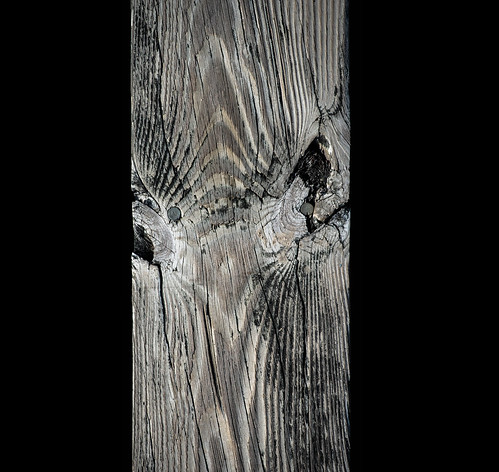I’m finding Sheldrake’s Entangled Life: How Fungi Make Our Worlds, Change Our Minds & Shape Our Futures to be another of those mind-bending immersive reads, right up there with Powers’ Overstory and Pollan’s How To Change Your Mind and Popova’s Figuring and Macfarlane’s Underland in sheer power as a mind expander. I’m reading and listening both (Kindle and Audacity), and finding the two modes of access to the text to be synergistic. Yesterday I read the chapter about lichens, and wrote down some thoughts not-irrelevant to the Question of Questions that Puzzle and Inspire:
We habitually take some things to be stable, to be established fact: the Big Dipper is a Structure in the Firmament, a north-pointing icon for humanity throughout the northern hemisphere … and likewise we have the conviction (from high school biology) that a lichen is “a fungus and an alga” in simple symbiosis. These are both ‘true’ and ‘untrue’ when examined/questioned beyond the simple versions.
The Big Dipper is only a “structure” in our collective Mind’s Eye, as viewed from our terrestrial perspective. The component Stars (Alioth, Dubhe, Merak, Alkaid, Phecda, Megrez, and Mizar) are vast 3-D and 4-D distances apart, and are, as we experience their placement, only temporarily conjoined as a part of the “constellation” we name as Ursa Major (in a few million years they will seem to drift off in different directions).
And research in the last 5 years or so has established that lichens are far more complex than that cartoon of a ‘simple’ fungus/alga symbiosis, and involve co-symbiont bacteria and viruses as essential components. “We have yet to find any lichen that matches the traditional definition of one fungus and one alga” is how one lichenologist summarizes the current thinking.
This shouldn’t be a surprise, given the common knowledge that our own bodies contain symbiont bacteria (and viruses, come to that), and the insight usually ascribed to Lynn Margulis [who was married to Carl Sagan, once upon a time (1957-1964)] that eukaryotic cells are the evolutionary product of symbiotic mergers of bacteria (“…the theory that cell organelles such as mitochondria and chloroplasts were once independent bacteria…”). Once a Heresy (“Your research is crap, do not bother to apply again”), this idea is now regarded as Fundamental, having been conclusively demonstrated in the early 1980s via DNA evidence.
Some highlighted passages from Sheldrake:
Page 93
LICHENS ARE PLACES where an organism unravels into an ecosystem and where an ecosystem congeals into an organism. They flicker between “wholes” and “collections of parts.” …
Lichens are a product less of their parts than of the exchanges between those parts. Lichens are stabilized networks of relationships; they never stop lichenizing; they are verbs as well as nouns …
lichens don’t contain microbiomes. They are microbiomes, packed with fungi and bacteria besides the two established players.
Page 95
“The human binary view has made it difficult to ask questions that aren’t binary,” he explained. “Our strictures about sexuality make it difficult to ask questions about sexuality , and so on. We ask questions from the perspective of our cultural context. And this makes it extremely difficult to ask questions about complex symbioses like lichens because we think of ourselves as autonomous individuals and so find it hard to relate .”
…it is no longer possible to conceive of any organism—humans included—as distinct from the microbial communities they share a body with. The biological identity of most organisms can’t be pried apart from the life of their microbial symbionts.
Page 109
the study of symbiosis reveals that life is full of hybrid life-forms, such as lichens, which are composed of several different organisms Indeed, all plants, fungi, and animals, including ourselves, are composite beings to some extent : Eukaryotic cells are hybrids, and we all inhabit bodies that we share with a multitude of microbes without which we could not grow, behave, and reproduce as we do.
Continuing some of those thoughts, and encountering others:
The world with which we are entangled is not and has never been STABLE, nor has it been on some Whiggish trajectory toward improvement, let alone progressing toward any goal that we can conceive. And we are not the “Crown of Creation” except in our own Narcissistic reflected vision. So how shall we come to see ourselves as part of, as actors within, the vast terrestrial webs of Life? Our prime relationship to that complexity seems to be HUBRIS, acting on the basis of a tacit conviction that we are the Crown of Creation, and that the rest of Life is somehow our servant, subject to our command.
Via science, we’ve sought to unravel the complexities, to learn how Life works. And the further into the mysteries we proceed, the greater are the complexities we encounter. And the greater are the consequences of our hubris.
Sometimes Life deals out corrective lessons, and COVID-19 is a current example, the personal and societal and global consequences of which are only beginning to unfold—and it’s just a dress rehersal for The Big One, which will surely arrive but in what guise we can only guess.
So a perennial question for me concerns Entanglement, its complexities, dimensions, opportunities: how to map, engage with, appreciate, enjoy, traverse…
With respect to activities of the moment, but metaphorically extendable: we put seeds into the ground and await germination, but really it’s much more than that. The plant has to develop relationships with mycorrhizal fungi IN the soil in order to thrive. Mutualisms emerge which we neither see nor control.











